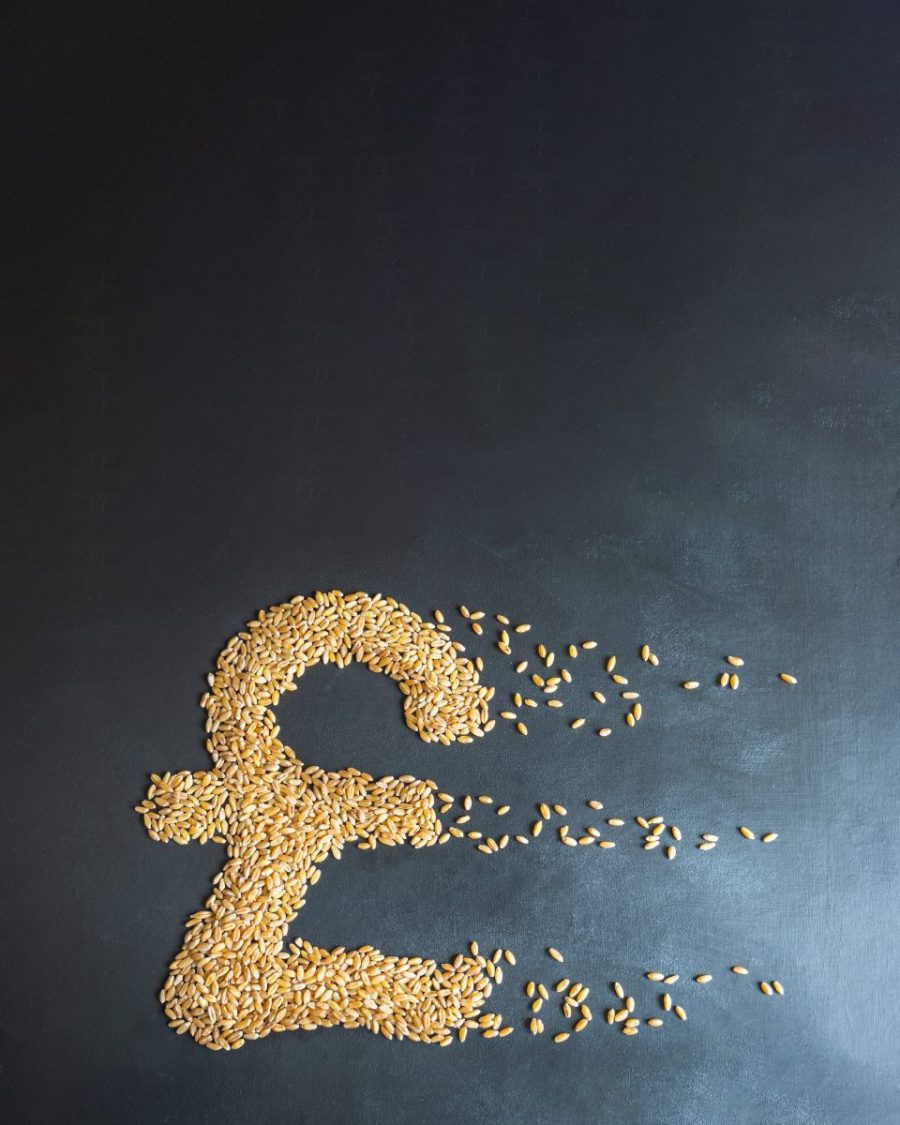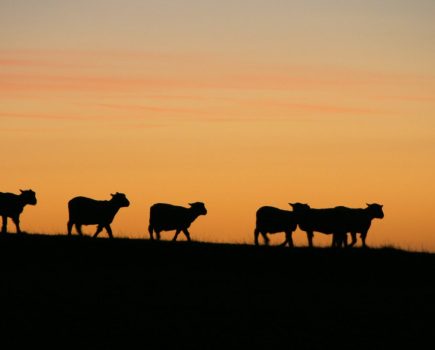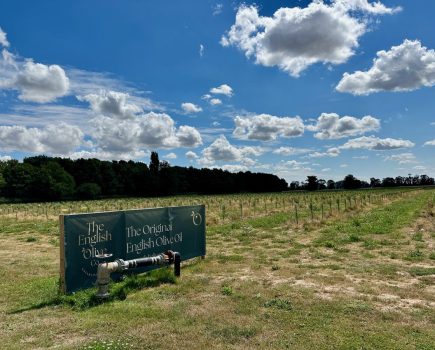Delivering for the triple bottom line – financial, social and environmental performance – is becoming increasingly important for farming businesses when success no longer equates to just yield. CPM looks at the concept of value, and what one agronomy company is doing to help growers achieve it.
“We help growers by identifying solutions which support sustainable food production, while delivering the best return on investment and value.” DR RUTH MANN
By Janine Adamson
While during the agricultural ‘glory days’ of yesteryear, yield was very much king, operating in today’s highly volatile environment means there’s been a gradual shift among UK farming businesses.
In being subjected to unpredictable externalities – whether that’s in weather conditions, geopolitical-driven input prices, stop-start government support mechanisms or overall market demands – there’s a general sense that success has to depend on much more than a harvest headline.
Dr Ruth Mann, head of R&D at Agrii, says while in some instances yield remains the primary goal, this isn’t always the right approach. “Instead, our view is to focus on triple bottom line delivery – where success is measured according to a business’ financial, social, and environmental performance.
“This acknowledges the concept of value rather than cost for all, whether that’s the farmer, their customers or the wider public,” she explains.
However, when it comes to financial performance, to operate at even a basic level, a farm business must be profitable. Consultant Paul Pickford believes this can only be truly understood when utilising gross margins. “Simply put, any business requires a budget, especially a farming enterprise which is complex and at the mercy of many externalities.
“In calculating a budget based on gross margins, growers can begin to grasp a level of control,” he stresses.
Paul explains that gross margins mean the profitability of different crops or livestock enterprises can be compared, stripped of overhead or fixed costs. This information can then be used after harvest to provide an accurate assessment of crop performance, and inform future planning.
“While there are still businesses that don’t prepare gross margins each year, more are. With increasing pressure on farm finance and resources, the importance of understanding the quantum of variable costs for a growing season can’t be emphasised enough.
“A budget won’t change the weather or the value of grain, instead, it enables adjustments to be made to keep a business moving in the right direction, when factors beyond their control change.”
The starting point is knowing what the end goal is, suggests Paul. “If you don’t have this, it’s impossible to predict what inputs are required and subsequently, the financial investment that’ll warrant.
“This is intrinsically linked to understanding what your farm can achieve – including average yields – and critically, being realistic.”
As well as providing guidance and advice regarding calculating gross margins (see box), a lot of Agrii’s work begins before products or technologies even land on farm. Ruth estimates that thousands of products are screened in the company’s trials each year across various crops, programmes and sectors.
Furthermore, all of these trials are analysed for margin over input against the baseline of current on-farm prices, to ensure the subsequent advice offered by agronomists is relevant.
She agrees that it’s critical to have a strategy in mind ahead of each season. “For example, the goal could be achieving milling wheat quality and the associated bonus; so how do you achieve that? It means selecting the most appropriate variety, being aware of disease risk, creating a robust fungicide programme and nutrition plan.
“Equally, the aim could be to reduce synthetic input use by migrating over to a more biological-based approach. This will require a different plan of action and the triple bottom line result won’t necessarily be the same.”
Ruth adds that trials are no longer a simple ‘A versus B’ – there are a breadth of desired end goals across many individual farms, which R&D now has to try and address. “This is why Agrii oversees 400 replicated trials per year, 100 unreplicated demo trials, 16 iFarms, six technology centres and four Digital Technology Farms.
“Testing novel product introductions in viable ‘real-life’ programmes enables us to identify their strengths and weaknesses across different environments, soil types and geographies. This keeps our agronomists on the technical front foot to get the best out of any crop.”
According to Ruth, a key aspect of R&D is trying to predict how the future farmer might have to manage their individual business in light of chemical losses, technology gains, erratic weather patterns and more. “We de-risk the process to help growers make that transition by identifying solutions which support sustainable food production, while delivering the best return on investment and value.”
Agrii’s sustainability and environmental services manager, Amy Hardwick, points out that there are three pillars to the notion of sustainability – economic, environmental and social. She says in light of current challenges in the sector, it’s highlighted those businesses which haven’t paid enough attention to being efficient and making more from less.
“If you take nitrogen use efficiency and being adaptive to current conditions – in understanding what a crop requires and how it’s being used, growers can be more efficient or targeted in fertiliser applications.
“Not only does that have an impact on yield, but it also affects margin, and beyond this, the carbon footprint of a crop and its interaction with the environment,” she says. “This demonstrates how in many instances, economic and environmental sustainability are intrinsically linked.”
Amy highlights that her role essentially addresses two objectives: helping farmers to diversity their income, and, ensuring they’re being paid for existing activities or minor tweaks to farming practices.
The former could mean engaging with biodiversity net gain, she suggests. “In taking unproductive land or areas not fit for conventional farming, we can start to explore other options for income.
“For example, Agrii is currently working with Biogains on a scheme which offers farmers a rental payment for such unproductive areas, where they’ll manage the land with a nature-focus on behalf of the grower. This is ideal for those who are looking for a hands-off approach,” explains Amy.
As for being paid for making adjustments to existing farming activities, she says Agrii is working with Bunge (formerly Viterra) and Whitworth Bros Flour Millers on its Sustainable Grain Programme. “The purpose of this is to reward farmers for reducing their environmental impact and therefore assisting supply chain companies to reduce their Scope-3 emissions. This could involve on-farm tactics such as using nitrification inhibitors, cover cropping or direct drilling.
“Because sustainability varies greatly across different farms, the programme isn’t too prescriptive and has a tiered approach.”
Looking outside the box even further, Ruth believes future farming systems will have to target alternative value concepts, as market demands shift. “In this case, R&D will have to look at new traits such as the quality credentials of grain rather than its quantity, for nutritional gains.
“This will involve identifying the products and technologies to help growers to achieve that goal. In finding new ways of creating value in a crop and increasing its worth, we have the potential to increase its margin. That’s the future,” she concludes.
This article was taken from the latest issue of CPM. Read the article in full here.
For more articles like this, subscribe here.
Sign up for Crop Production Magazine’s FREE e-newsletter here.




